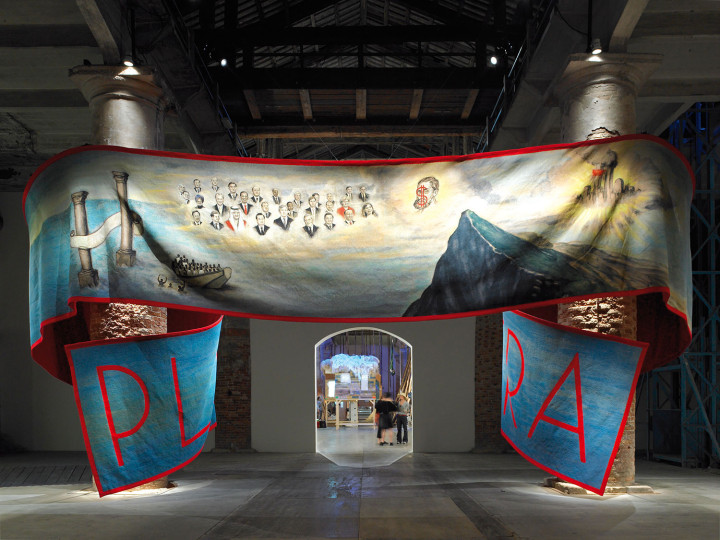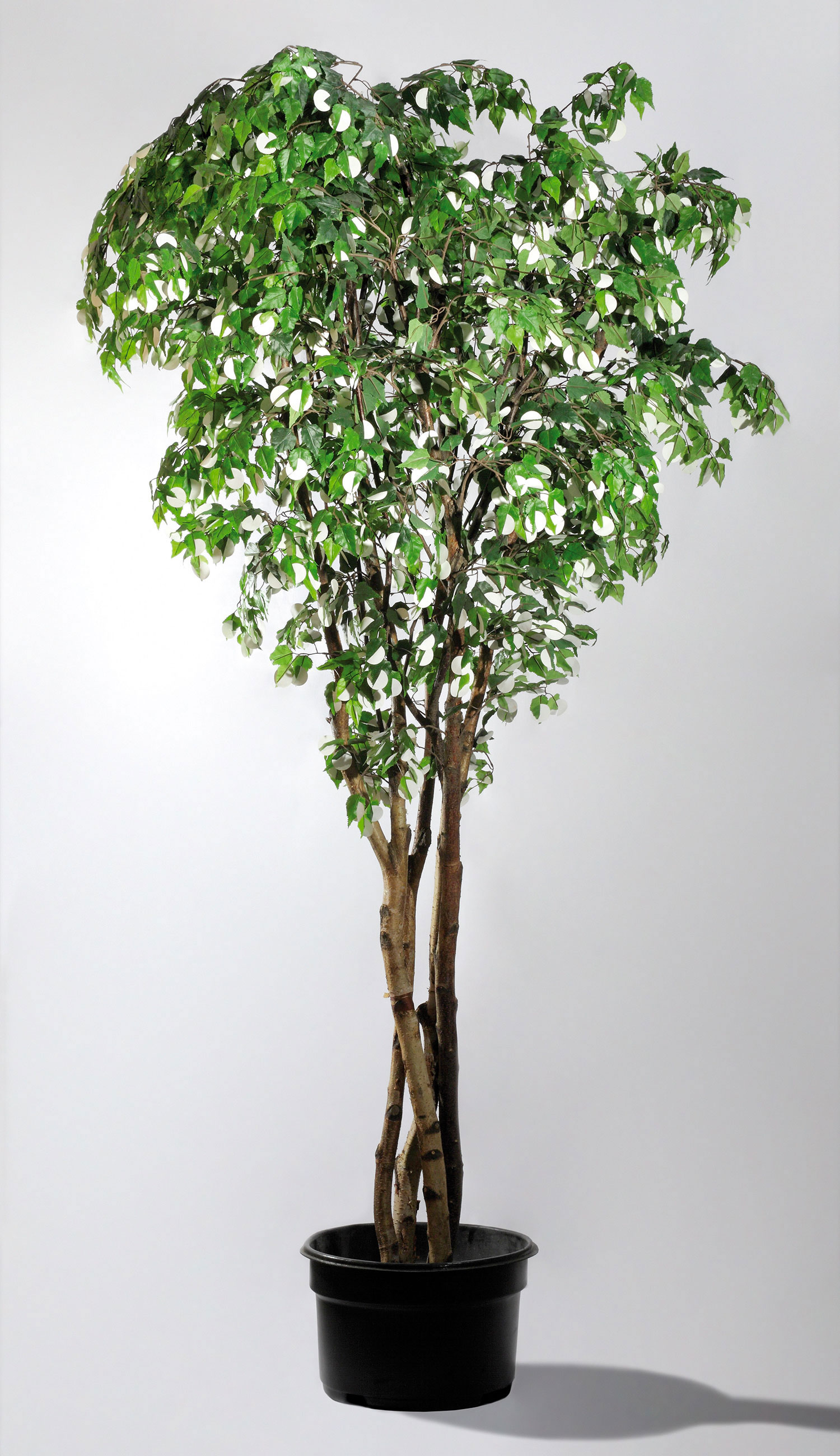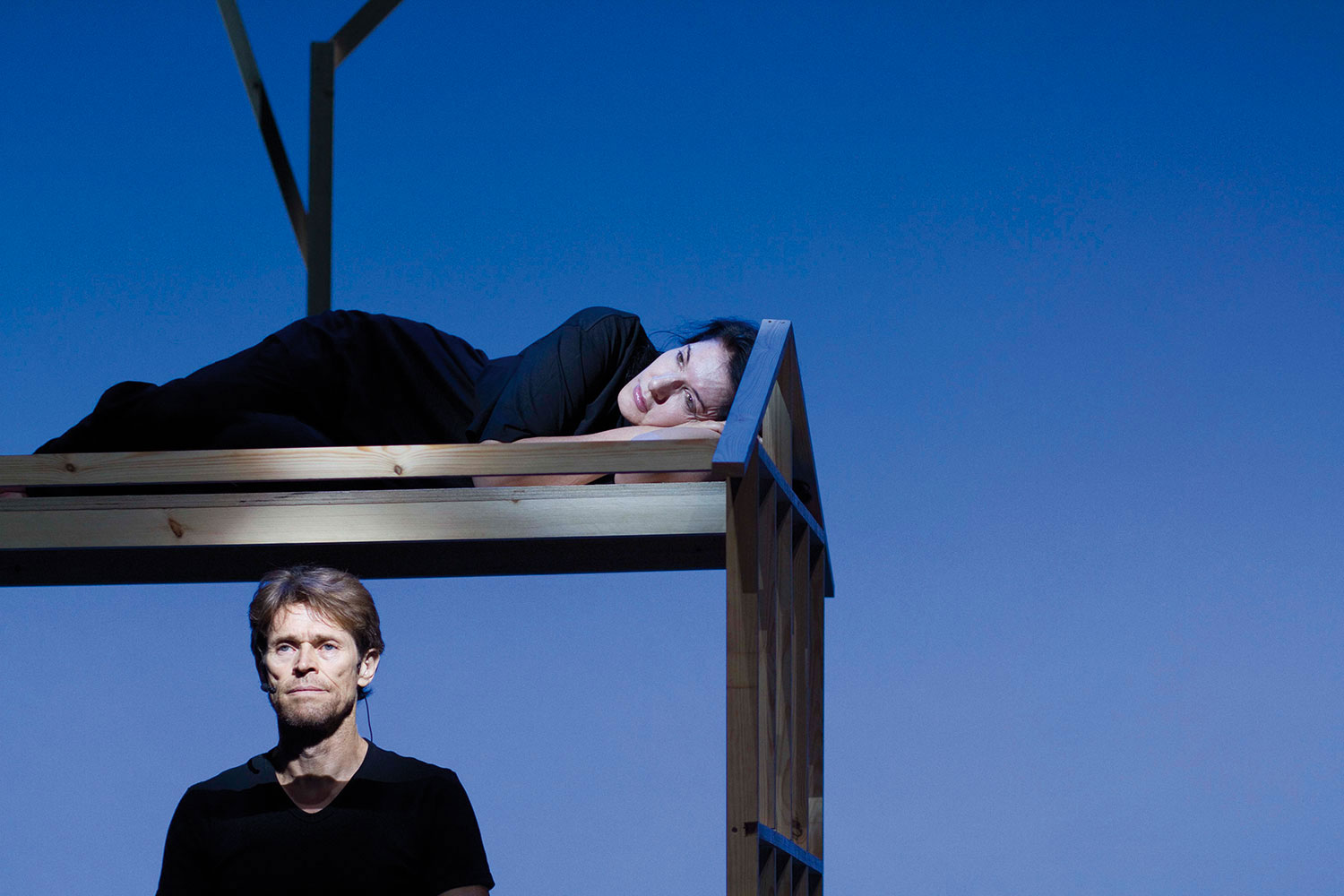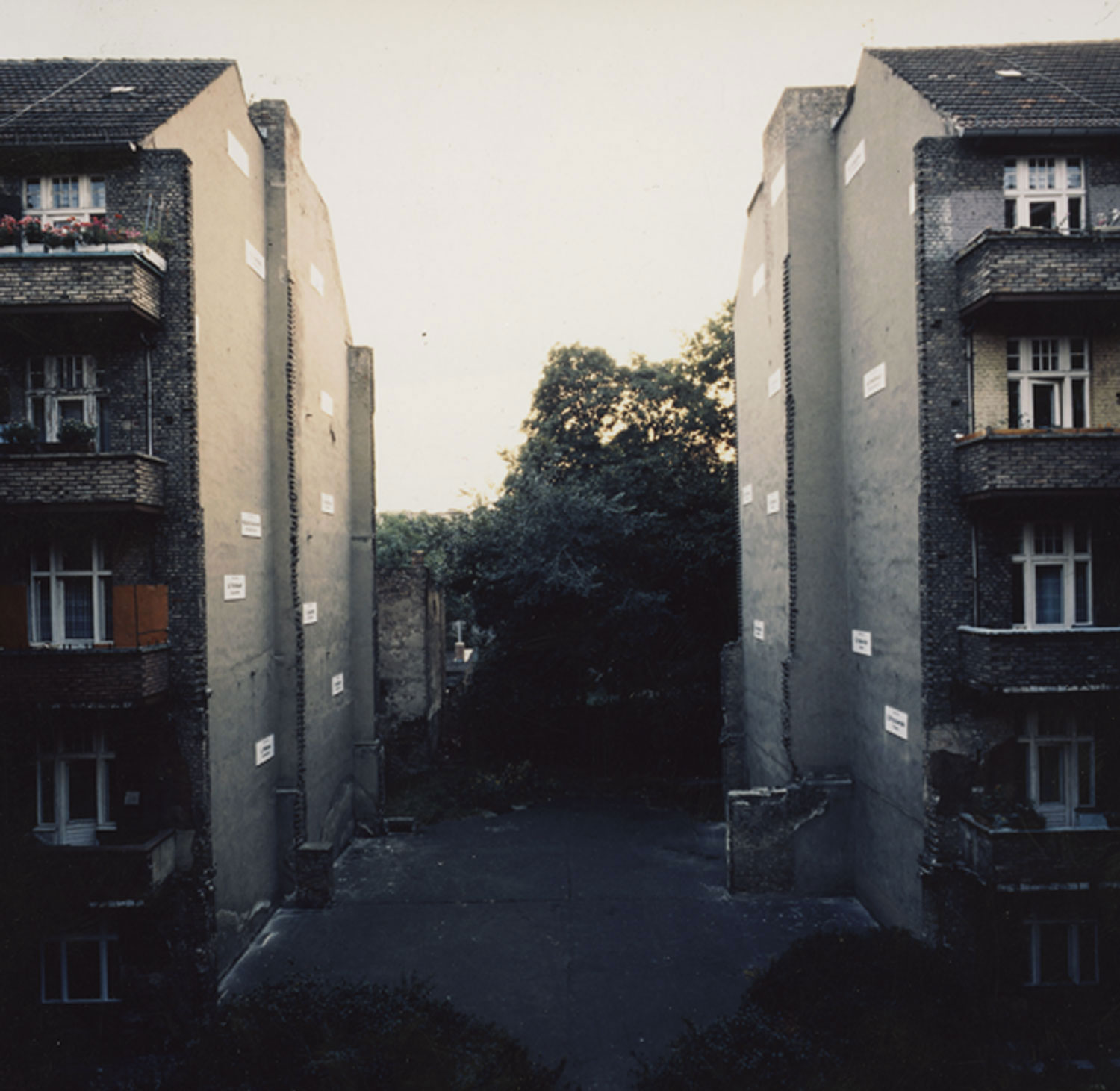
Grant Watson: In this interview I want to focus on your works from 2009 and in particular three projects that seem to be linked. The first is The Nature of the Beast (2009), a one-year project at the Whitechapel Gallery that was centered on a tapestry replica of Picasso’s Guernica; the second, Plus Ultra (2009), was a work produced for the 2009 Venice Biennale and installed in the Arsenale as part of Daniel Birnbaum’s “Making Worlds” exhibition; and the third is a tapestry called On the Nature of the Beast, which was your contribution to the exhibition “Textiles: Art and the Social Fabric” at the Museum of Contemporary Art Antwerp (MuHKA). In your projects there is generally a response to a specific set of circumstances: a location and its history, an institutional framework, an archive, and then some kind of formal solution in terms of an installation. I am wondering whether this focus on tapestry was a decision relating to the medium itself or whether it came about by chance in response to the challenges of three quite separate commissions.
Goshka Macuga: The research that influenced all of these projects started in 2007 continuing my ideas for the exhibition “I Am Become Death” at the Kunsthalle Basel in 2009. By chance I bought online an image of a Vietnam War veteran holding a snake, and at the same time I was thinking about Aby Warburg’s lecture on the Hopi snake ritual. These two very different sources led me to channel my research towards certain aspects of US history and how this connects to its present-day politics; specifically the wars in Iraq and Afghanistan, and the economic crises. In this way, Plus Ultra at the Venice Biennale, “I Am Become Death” at the Kunsthalle Basel and The Nature of the Beast at the Whitechapel Gallery can be considered one body of work. At the Whitechapel, the medium of tapestry was obviously attached to a single object, which I borrowed and used as part of my installation. As you mentioned this was a tapestry version of the Guernica painting, commissioned by Nelson Rockefeller in 1955 and made with the permission of Picasso himself. The same Guernica tapestry is on permanent loan to the UN building in New York as a reminder of the atrocity of war and usually hung outside the Security Council chamber at the UN headquarters where it has been on display since 1985. Then on February 5, 2003 when the council gathered to hear Powell’s speech justifying the imminent invasion of Iraq, a blue curtain and the council member’s flags were placed in front of it. This fact struck me as indicative of the ongoing impact of Guernica (even as a tapestry) and I was interested in how the original painting had affected audiences at the Whitechapel when it was shown there in 1937.
Plus Ultra references the origins of the US dollar, which in fact go back to Charles V — because the title of the work, Plus Ultra, is taken from his motto, which translates into English as “Further beyond.” I became interested in the importance of tapestry during the reign of Charles V and how it was designed to glorify his empire and promote the triumphant advance of Renaissance art in Europe (the idea of tapestry designed to further political and military power, which is the opposite of that of Guernica). Then the tapestry for MuHKA, On the Nature of the Beast, was a response to my own project at the Whitechapel Gallery and the events that I initiated within the structure of the exhibition. In a sense it functioned as a critique of my own practice. I had invited groups to come and use the space in whatever way they saw fit, and the gallery hosted over one hundred meetings. This situation quickly got out of my control and the space took on multiple functions, some of which had nothing to do with or even contradicted the principle meaning of Picasso’s work. This second tapestry, On the Nature of the Beast, depicts Prince William giving a speech to the crowd in the context of my installation. We made this image using a collage of press photographs from the event that we then had translated into woven cloth.

GW: You say that the preparation for these commissions included research into the history of European tapestry such as those produced in Flanders during the reign of Charles V, when the medium was valued because of its portability and was used to depict royal scenes and to promote the king’s political power. How did you utilize this research in the tapestries that you made, and did any of the characteristics associated with the historical works filter through into your contemporary ones?
GM: Yes, in Plus Ultra I made use of a specific composition and perspective borrowed from the tradition of 16th-century art. On one side of Plus Ultra you can see the mythological Pillars of Hercules, which were supposed to mark the entrance to the Strait of Gibraltar, and on the other you can see the collapse of the ‘Herculean’ Twin Towers. The two columns, combined with a floating ribbon/banner, depict the emblem of the Spanish coat of arms, which later went on to be the symbol of the US dollar. And the central part of the image represents members of the G20 Summit juxtaposed with a portrait of Charles V himself. Below the representatives of world power, which float in a cloud, I have placed a boat showing migrants from Africa risking their lives to come to Europe for a better future. So in this project I make references to the origins of the motto and its relationship to contemporary power structures, as well as taking certain compositional forms from traditional tapestry. You could also say that On the Nature of the Beast in a mocking way echoes the historic use of tapestry to relate royal scenes.
GW: In each of the three tapestry projects the medium of tapestry has taken on a political aspect, very clearly with the reproduction of Guernica where the painting’s original statement is carried across into woven form, but also in Plus Ultra and in On the Nature of the Beast at MuHKA. Do you think that there is something about this medium that lends itself to social comment — perhaps like mural painting, through its relationship to public spaces?
GM: A broad use of the medium of textile by people throughout history illustrates the evolution of humanity, and textile’s social function carries a political message even when its creation wasn’t intended as political per se. In the exhibition at the MuHKA, where On the Nature of the Beast was first shown, you could also see examples of textiles, including traditional African and Indian ones through to political banners from the ’20s to large-scale banners created by John Dagger in the ’70s, as well as more contemporary works commissioned for the exhibition, such as mine. All of this material carried a political message in one way or another.

GW: The invitation to participate in the Venice Biennale took you to Italy, a place that you visit frequently. Can you say more about your connection to this country in terms of its culture, institutions and art scene?
GM: My work has given me the chance to spend time in Italy, a country that in the past I principally knew through the eyes of Italian filmmakers such as Vittorio de Sica, Pier Paolo Pasolini, Michelangelo Antonioni and Roberto Rossellini. In recent years I have traveled to Italy almost every couple of months and I now have quite a lot of connections there. I am even trying to practice Italian by learning lyrics from the songs of Ornella Vanoni and Mina. I love Italian cities — of course my project for the biennial took me to Venice, which is one of my favorite cities, because of its history and its ‘fantastical’ quality. I find it inspiring every time I go there. Plus Ultra was very much a response to the history of the Arsenale and its previous function. I also love Florence (which is linked to my research on Aby Warburg) with its amazing museum collections including the anthropological museum. Now Turin has become the home of Plus Ultra, which was purchased by the Fondazione Sandretto Re Rebaudengo, and was shown at the Macro Museum in Rome from December to March 2011. I have also exhibited my project from the Whitechapel at Castello di Rivoli Museo d’Arte Contemporanea near Turin this year, where it has been acquired for their collection, and used for meetings and discussions as it was at the Whitechapel Gallery.
In Novemeber 2010 my work was presented at the Artissima Art Fair and in the Galleria Martano. Both of these exhibitions focused on my past projects and their relationship to the work of Pinot Gallizio. In 1958 Gallizio started working on Caverna dell’Antimateria, which he planned to present in Paris at the Galerie Drouin in 1959. His installation proposal included the creation of a total environment, with walls covered in industrial paint, synthetic sounds, an aperitif for the audience and even a special perfume. Caverna dell’Antimateria was intended as a manifestation of Situationist principles and the artist’s ‘Anti-world’ concept — Gallizio stayed in close contact with Guy Debord and René Drouin during this period. At Artissima and in the Galleria Martano, correspondence between Gallizio and these artists as well as photographs of the original exhibition were shown alongside documentation of the installation Cave, which I produced and exhibited at Sali Gia in London, in 1999, and at Kunstakuten in Stockholm in 2000. Although I wasn’t aware of the existence of Gallizio’s work at that time, the environment that I created with Cave also consisted of a wall-to-ceiling environment made from brown paper, in which I installed works by other artists.
GW: And finally, what projects do you have in the pipeline for 2011 and 2012?
GM: April 2011 marks my first museum solo exhibition in the US at the Walker Art Center in Minneapolis. I am using the history of the institution and the collection combined with material that relates to contemporary American politics to produce a large-scale installation. The work will consist of a new tapestry, four by fifteen meters; an architectural structure that references the extension to the Walker designed by Herzog and de Meuron; and various pieces from the collection including works by Joseph Beuys, Sherrie Levine, Carl Andre and Marcel Duchamp. The tapestry depicts a forest scene photographed in a forty-five acre site of virgin pine that survived the deforestation of the state due to a surveying error. The founder of the Walker Art Center was a lumber baron. In the tapestry, this forest scene is used as a fictional meeting place for different historical figures connected to the institution and relates to a narrative about the Walker’s real, as well as rhetorical, relationship to ideas of participation and community engagement. The work of artists such as Levine and Duchamp are folded into this narrative whilst at the same time they point towards important influences in my own practice. Other projects include a solo exhibition at Zacheta National Gallery of Art in Warsaw, which focuses on the censorship of public art in Poland since 1989 (coincidently the year that I left the country). Archival material from the last 20 years of exhibition making in Poland reveal interesting facts about how the relationship between art and its audiences has changed and yet some things persist. It illustrates that while a new political system produces a transformation of values and ideology, censorship remains in Poland as a mechanism, which can still impede an artist’s ability to communicate.





